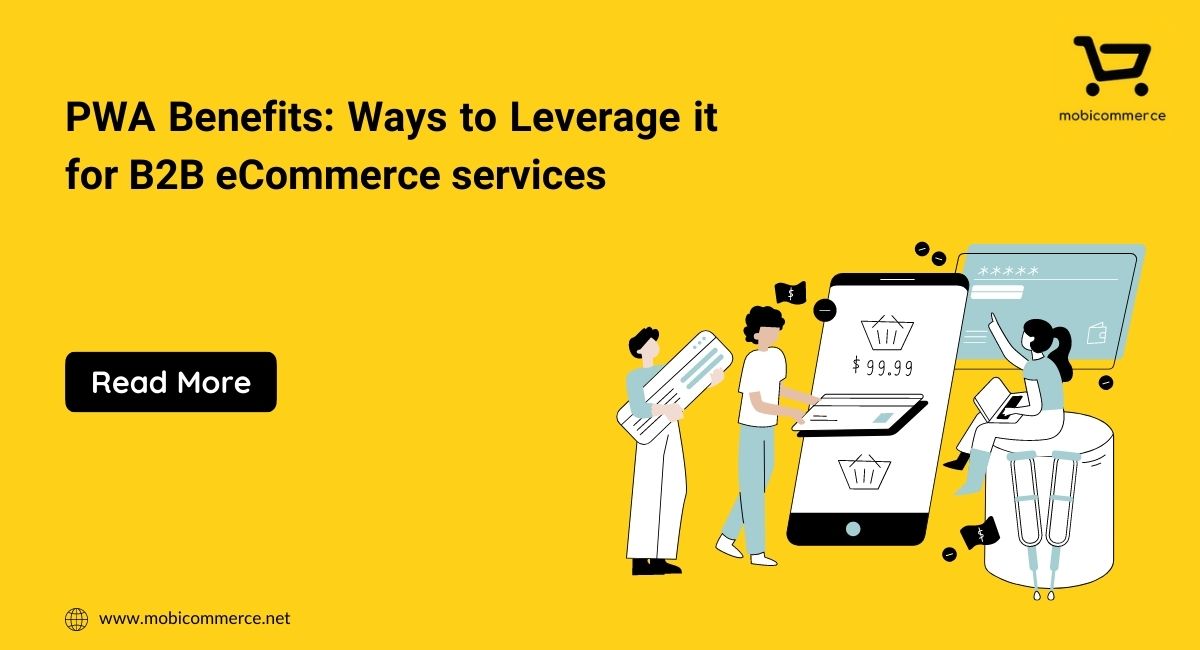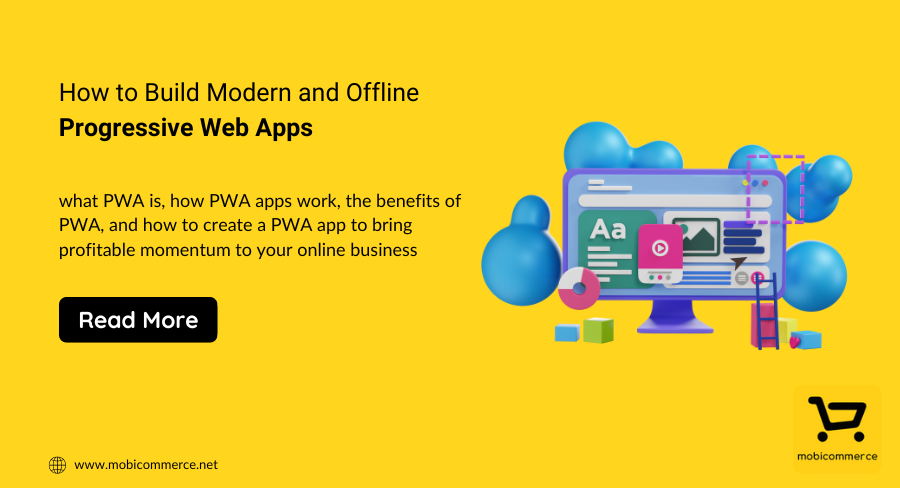It is rightly said that one must prepare for the worst and we are not sure that the pandemic which is hovering upon is the worst or something bigger is yet to come hence; a business plan is a must to survive even the toughest times.
Like the coronavirus outbreak, disasters can happen anytime, they are difficult to predict and have the potential to cause damage that may take years to recover too. Therefore, to sail through such situations, as a business owner, it is necessary to have a business continuity plan designed keeping in mind such disasters to keep your sales going and stay prepared for exceptionany kind of future risks and eCommerce business is no.
Also Read: Consumer Behaviour After COVID-19: Will eCommerce Demand Remain the Same?
With restrictions and lockdowns lifted and businesses resuming back to operation, now is the time to rethink about your business strategies and prepare for the worst, yes, something worse than the current pandemic can happen anytime and, there are some strategic steps you can take to recover business and revenue streams if anything happens about which we are going to elaborate. But first, let’s understand what a business continuity plan.
Business Continuity Plan
Unlike offline businesses, although eCommerce didn’t experience a complete fallout during the pandemic, it still needs a business plan to survive any kind of uncertain and challenging times. A business continuity plan is nothing but a framework which identifies potential external and internal threats that can threaten the company and outline protocols and procedures that ensure the continued functionality of the business — or restore them as quickly as possible — in the event of a major disaster, whether it be Meteorological (tornados, hurricanes, flooding, wildfire), Geological (earthquake, tsunami, volcano, landslide), Biological (infestation, pandemic), or Human Factors (accidental, intentional).
Business continuity planning isn’t just an extra effort, it is, in fact, a must-have for all small, medium, and large-scale enterprises to act instantly, smartly, and efficiently in times of emergencies and minimize the negative impacts like financial loss, loss of consumer (and team member), confidence, and brand reputation etc. when any disaster strikes. A BCP covers all aspects of the business, including human resources, infrastructure, technology, contracts, and communication and hence is something you must not avoid if you want a safe future for your business. Now, let’s see what steps you can take to prepare for the uncertain future ahead.
1. Map out objectives and goals
To keep your eCommerce business running you need to rethink about everything from business functions, human resources, operations, public relations, to technologies since the COVID-19 infection has changed everything around us. Identify your goals and objectives as they will guide your risk assessment, the business continuity planning process, business impact analysis, and potential recovery strategies. Keep improvising and reviewing your plans according to the changing circumstances and have a backup plan ready to face any crisis.
2. Coordination is key
Running a multivendor eCommerce marketplace solution means you might be having employees working from home or warehouses, customer support team, stakeholders, vendors etc. with whom communication and coordination are crucial for your business to run smoothly. Therefore, you must leverage technology to stay connected and coordinate with all. Make use of online conferencing apps such as Zoom, Skype, and Slack, especially during the present situation, to ensure coordination and productivity is maintained.
3. Set up an emergency team
Too many cooks spoil the broth, you might have heard this proverb which means that instead of too many people getting involved in handling any emergency and creating chaos, establish a dedicated emergency team for your business. Assemble a few cross-functional managers or leaders, and train the necessary staff to keep things moving forward and make decisions when necessary.
4. Make a list of essential eCommerce business functions
As experienced during the lockdown, eCommerce platforms were temporarily restricted from selling any kind of non-essential items due to which online business of fashion, beauty products, etc. faced a tremendous loss. Therefore, it is important to contact marketplace solution provider to figure out how you can maintain the sale of essential services/functions in the event of an emergency. By essential we mean your:
Inventory management and supply continuity – as during a crisis people tend to buy and stock products hence your inventory must survive to serve them.
Order fulfilment and shipping deadlines – as meeting customer orders during any unfortunate event are not easy. There might be some issues like shipping delays which are out of your hand. But you can prepare an alternative option to keep up your delivery even during the crisis.
Ecommerce platform functionality – as people will rush to online shopping more when it becomes dangerous to go outside and hence; your online store must be able to function smoothly and should be updated as well. Like it must be able to handle heavy traffic, display out of stock products, have strong cybersecurity, etc.
Customer service – as customers are prone to panic during a crisis, and they may need you anytime to know about the products and delivery of their orders. Prepare your customer support team specifically to handle customers during such situations.
5. Be flexible in your strategy
Remember that when crisis strikes you may have to change your approach and adapt according to the circumstances and therefore you must design your strategies such that they are flexible. Like you may have to add up essential items for sale if needed during the emergencies, adapt to customer behaviour changes, deliver as per the situation of location, etc.
6. Innovate with time
You must innovate or deliver according to the scenario and demands. For example, if you are simply an online fashion store owner, you must include the sale of masks which are much needed in the present times. Likewise, whatever emergency arises, you must try to innovate or include products that are necessary for that particular crisis in order to help customers as well as for your business continuity.
7. Make your communication strong
Running a multi-vendor marketplace solution means you have customers, employees, suppliers, creditors & investors, and government and regulators to communicate with, which means during a crisis your communication with all has to be clear, transparent, and timely. So, invest in technologies or update your software so that your communication does not get affected during any unfortunate event.
Conclusion
Consider the COVID-19 pandemic as a lesson and take this time to make necessary changes, update your business operations in response to the shift in customer behaviour. In addition, compel features in your store that customer expect with the help of marketplace development companylike mobicommerceto keep your business standing and surviving during the hardships.

In order to improve user experience, businesses are increasingly turning to progressive web apps, which combine the best features of regular apps and websites. Ecommerce businesses which have created mobile-first PWAs have seen significantly faster page loading times, better conversion rates and improved engagement. On average, a website using PWA can increase speed performance by… Continue reading PWA benefits: Ways to Leverage it for B2B eCommerce services

If you have a grocery store and you are looking to take your business to the next level, then this is the right time to invest in grocery mobile apps. A report by Oberlo suggests that online grocery sales in the US are expected to reach $160.91 by 2023. Not only this, the revenue continues… Continue reading How to Build a No-Code Online Grocery App in 2023?

Most businesses create an app to establish their business in the digital world. But after some time, these businesses end up investing much more money by creating different versions and similar apps for different operating systems to stay relevant in the market. Later on, this choice of businesses becomes painful as they spend more money… Continue reading How to Build Modern and Offline Progressive Web Apps
Sign up for our newsletter and be the first to receive all the latest updates.
Request a callback from us by filling the form below.

Get your project estimate. Brainstorm business ideas. Book a demo. Get complete support and so much more!